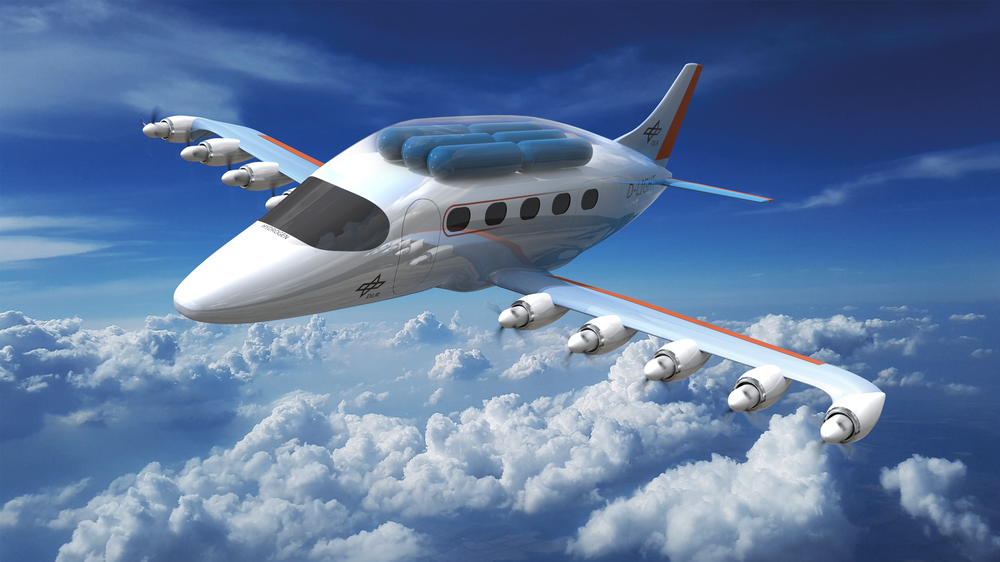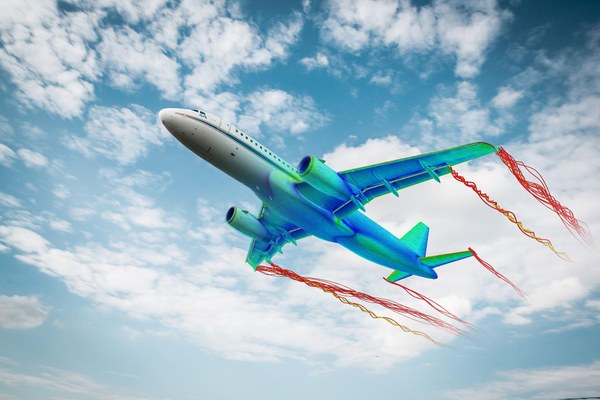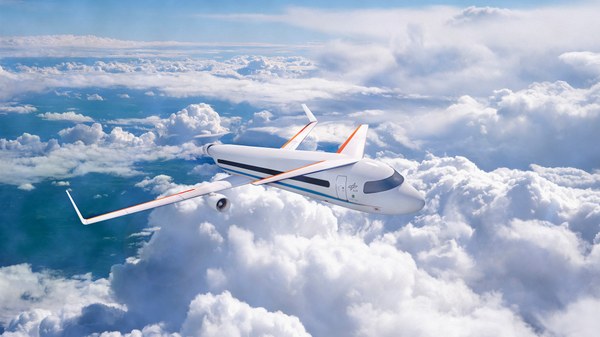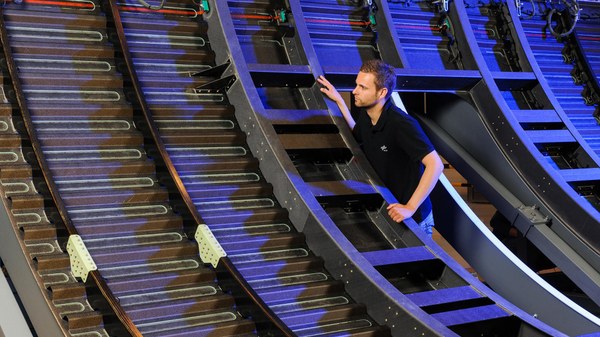D-LIGHT – Digital Climate Neutral Light Aircraft

DLR/Line Winkler
Duration: 2022-2025
In the D-LIGHT (Digital Climate Neutral Light Aircraft) project, methods for the design and evaluation of small aircraft are being introduced and developed in the Innovation Centre for Small Aircraft Technologies (INK Aachen), relevant technology modules are being examined in the course of the project and these are being transferred into a Digital Mock-Up (DMU). This serves as a differentiated basis for a climate-neutral small aircraft with hydrogen propulsion and at the same time for establishing an excellently networked research group at the INK.
Goals of D-LIGHT
Small aircrafts are used worldwide in various fields such as flexible shuttles, but many current models use outdated technologies and fossil fuels. Given the increasing climate impact of aviation, research and development of novel propulsion technologies is crucial. A promising approach is the use of electric fuel cell propulsion using climate-neutral hydrogen. In particularly, the testing and introduction of such propulsion technologies are cost-intensive processes, which is why it makes sense to test them in small aircraft first.
Within the framework of the D-LIGHT project, methods for the design of hydrogen aircraft are being developed. Technology components in different disciplines are examined and combined in a digital design platform. This enables automated concept development and a faster design process. With the help of digital tools such as a Digital Mock-up (DMU), development time and costs can be reduced and certification processes accelerated. In the D-LIGHT project, a concept for a nine-seat, hydrogen-powered small aircraft with air-cooled fuel cell propulsion is being developed and a detailed DMU is being created that brings together all the research results and physical properties of the various components and systems.
D-LIGHT uses and extends concurrent engineering (CE) methods to improve the design process of small aircraft. The DMU serves as a virtual technology demonstrator that can help certify sustainable propulsion technologies. As part of this, the benefits of distributed propulsion (DEP) enabled by electrification will also be explored. At the end of the project, the integrated technologies will be mature enough to generate a work plan for the implementation of the developed DMU into a flight demonstrator for a possible follow-on project. This process and the technologies and procedures developed in it can later be transferred to larger commercial aircraft to reduce their climate impact. In this way, D-LIGHT is making a significant contribution to the success of electric propulsion systems in aviation.
Main Focus of BT
One project focus of the BT Institute is the development and evaluation of the structural design of the aircraft. A selected primary structural component is used to demonstrate appropriate manufacturing technologies and production scenarios. The focus of the investigations is the development of an evaluation capability of construction methods and materials with regard to sustainability. The entire life cycle of the component is taken into account as comprehensively as possible and examined with regard to ecological influences. The results are then placed in the overall context of the aircraft in order to be able to holistically assess the impact on the environment.
As a further focus, a detailed design and a comprehensive structural analysis of the component will be created based on the previous results, which will finally be added to the DMU.






